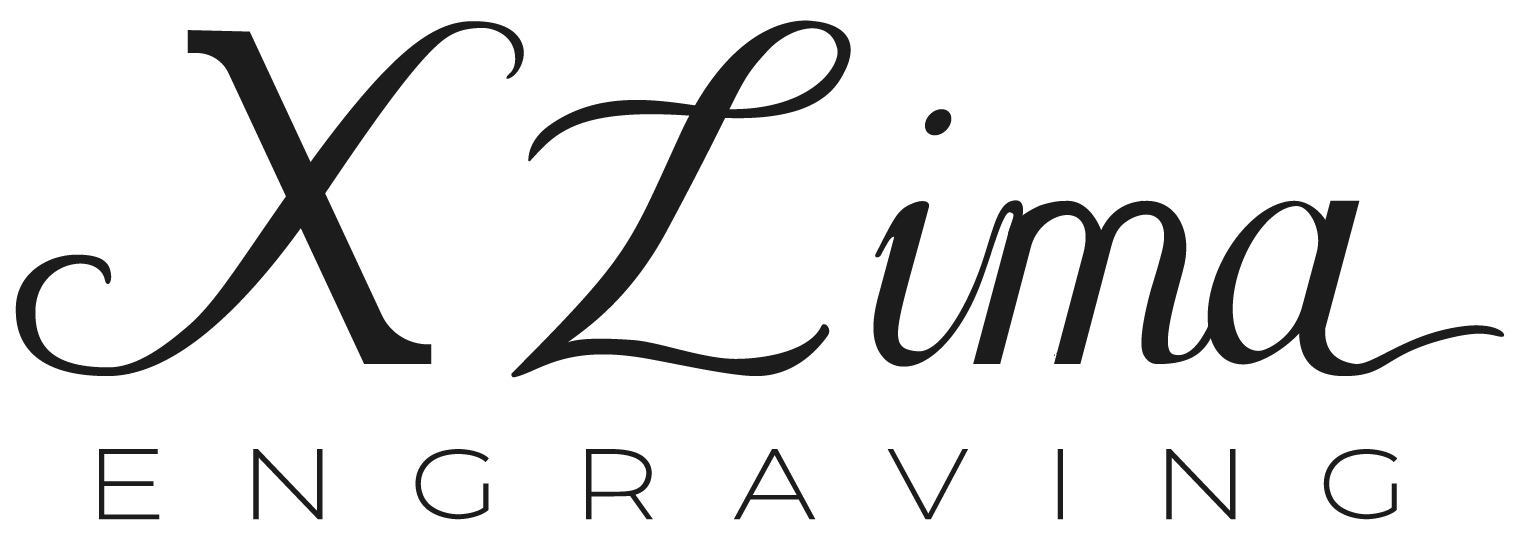CHRISTIAN LIMA
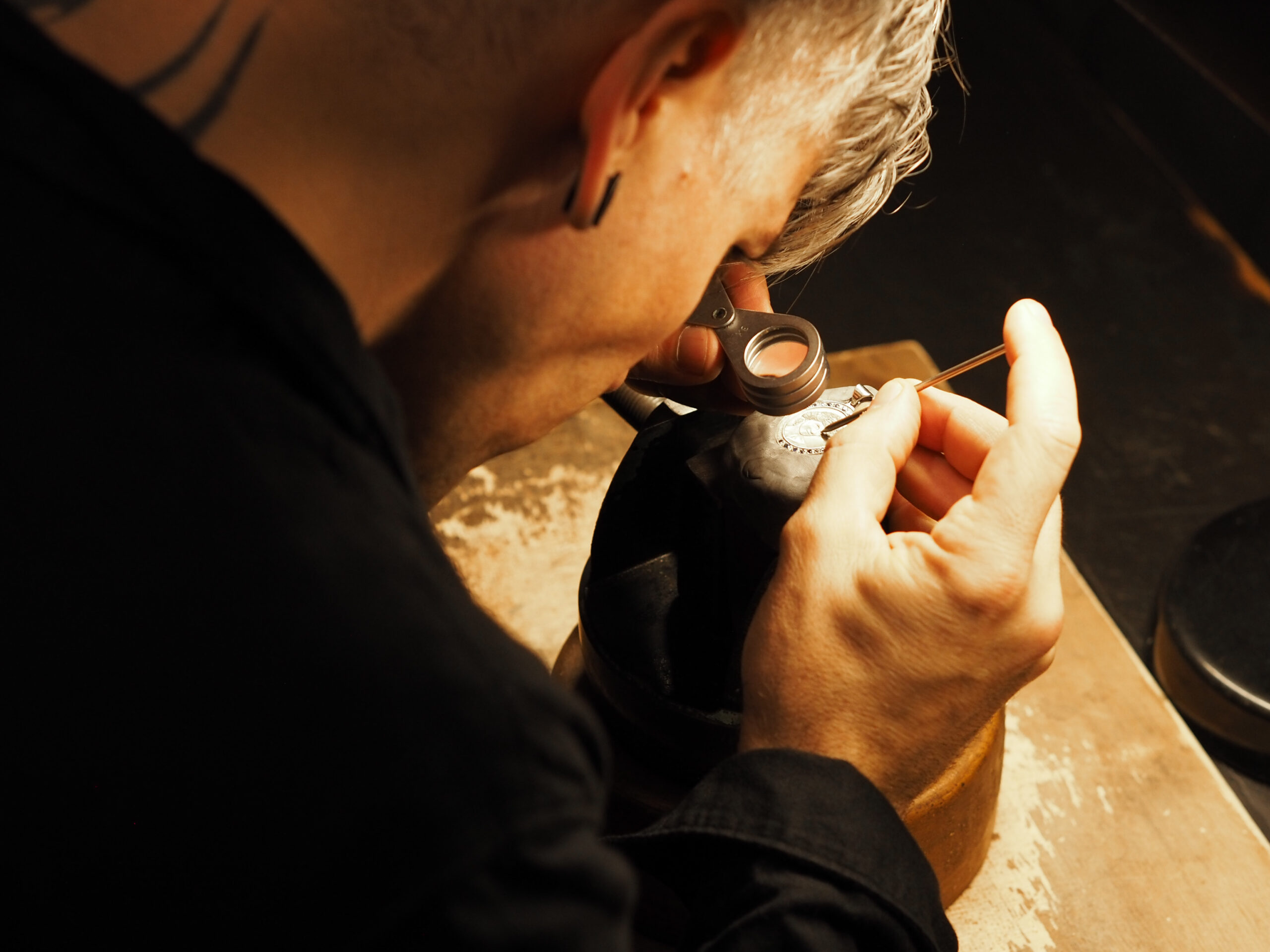
Based in the British Overseas Territory of Gibraltar, Christian Lima is a hand engraver, specialising in engraving portraits on precious metals.
Christian uses portrait hand engraving to celebrate human stories and capture moments that will stand the test of time for generations to come. As such, he prefers the more three-dimensional styles of sculpting and bas-relief, over the flatter result of traditional line work. With these techniques, he is capable of bringing a portrait to life in as little as 0.5mm carved depth.
With a passion for facial anatomy, human expression and emotion, he utilises his understanding of musculature to manipulate portrait composition and capture not only a subject’s likeness, but their spirit.
HAND ENGRAVING
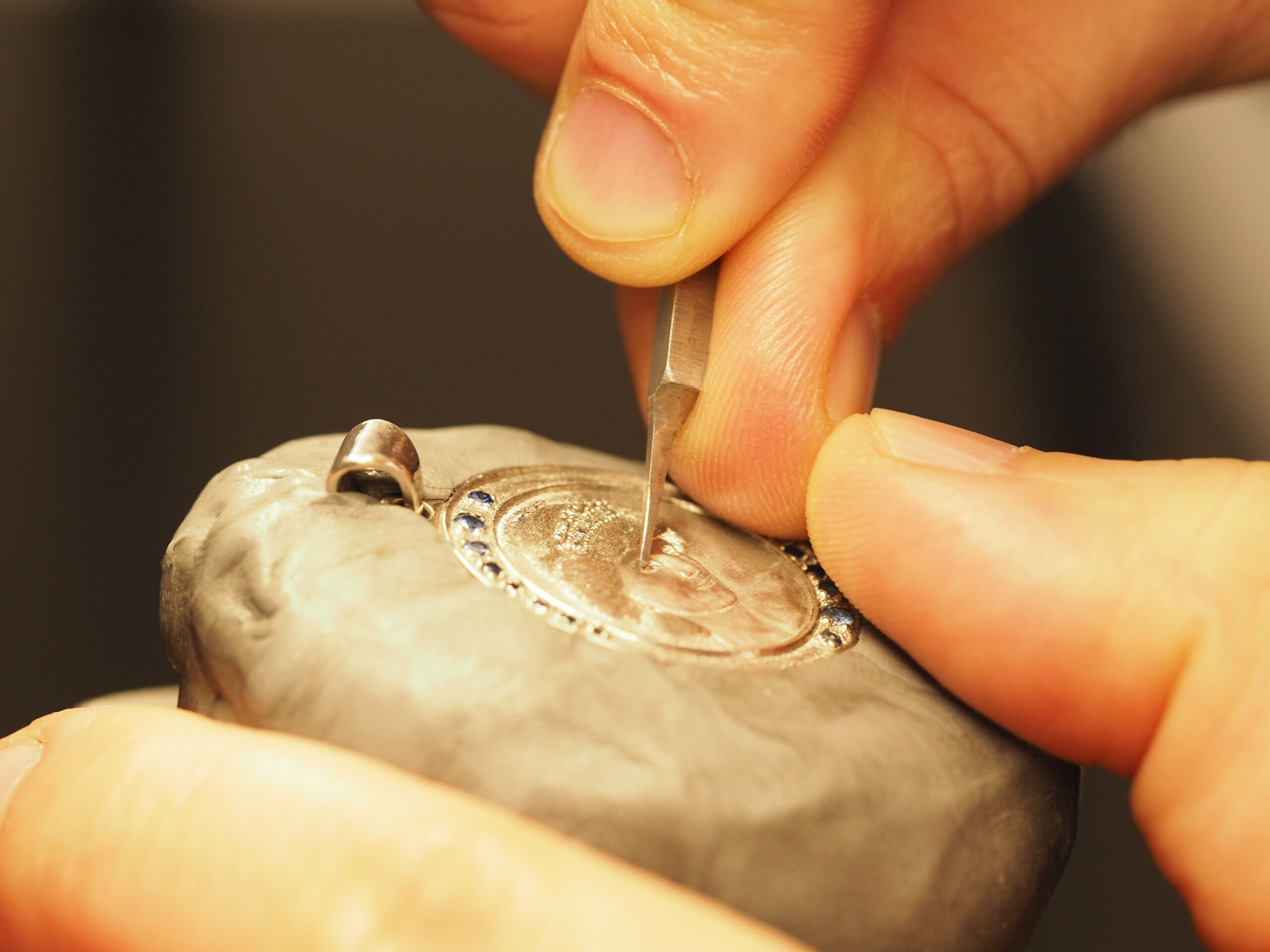
Engraving is the process of cutting into the surface of an object and removing material that dates back to ancient man working with stone over 500,000 years ago and more detailed work such as carved seals featuring intricate designs and lettering being crafted by Mesopotamian carvers from around 3000 BCE to signify wealth.
Many engravers in ancient times used engraving for some of the same reasons we do today: to decorate things needed in everyday life, record moments in history and to celebrate an individual. Historically, hand engraving has been used for both practical and decorative purposes such as royal seals, hunting arms, coins, bank notes, jewellery and more.
"Few people understand the skills and attention to detail involved in the traditional craft of hand engraving."
HAND ENGRAVERS ASSOCIATION OF GREAT BRITAIN
Hand engraving is the traditional and oldest method for engraving metal. It requires a craftsperson using a selection of handheld tools, typically made of hardened steel, to carefully carve away areas of metal to create a design. Taking skill and patience, there is little to no margin for error as metal cannot be replaced once it has been removed.
Although machine-driven methods such as air-powered and laser engravers have been developed in recent decades, hand engraving allows for ultimate flexibility of design, deeper cuts that are more resistant to wear, and totally unique results.
"Few people understand the skills and attention to detail involved in the traditional craft of hand engraving."
HAND ENGRAVERS ASSOCIATION OF GREAT BRITAIN
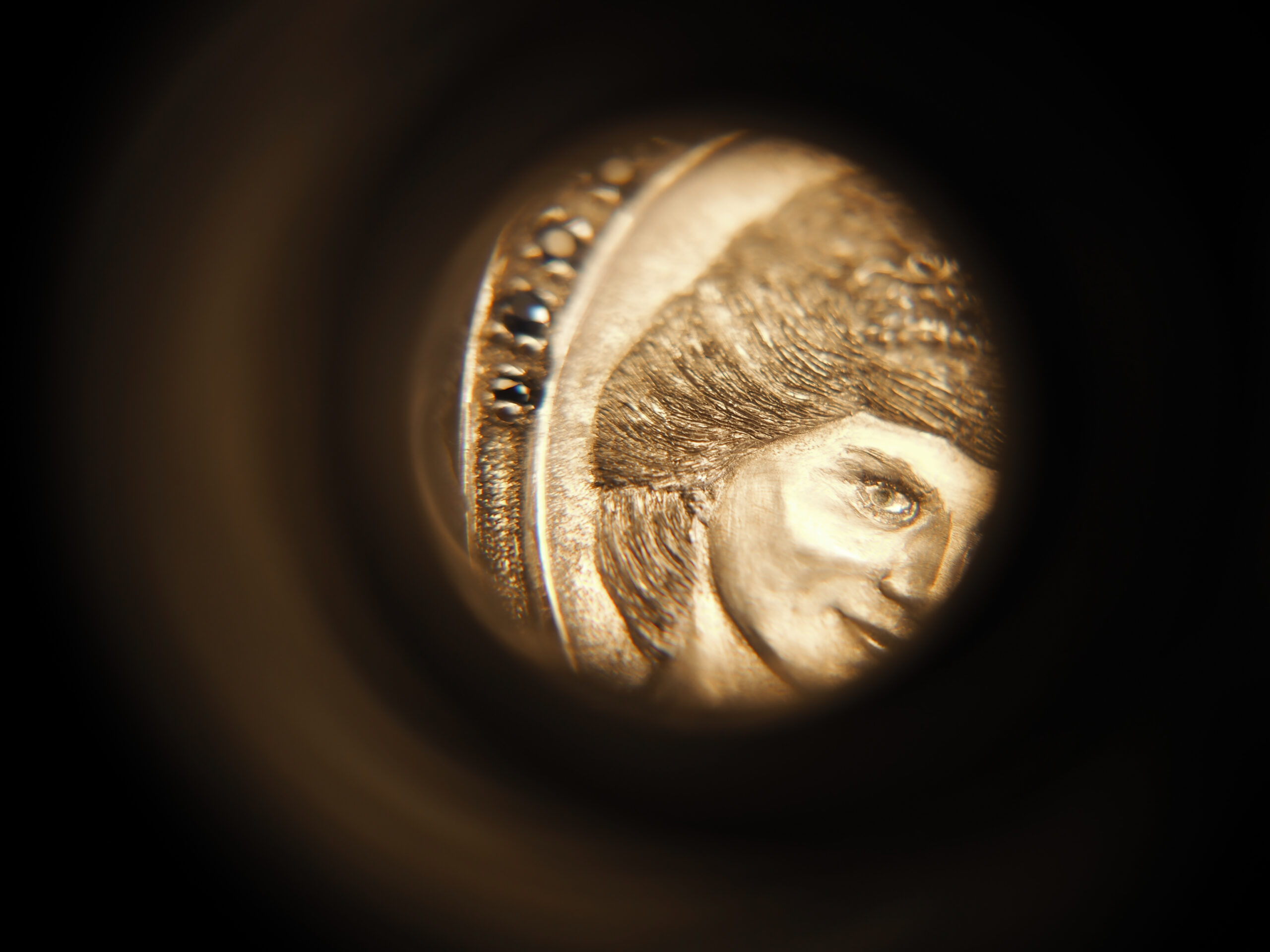
While some engravers opt to create portraits using two-dimensional line work, Christian prefers the more three-dimensional styles of sculpting and bas-relief, as they allow for a much more lifelike result. Using these techniques, as well as applying a variety of textures to play with light and shadow, he is able to bring a portrait to life in as little as 0.5mm carved depth.
Painstakingly carved working under 20X magnification, each piece will take anywhere from 100 to 400 hours or more of meticulous hand engraving, depending on the complexity and size of the design.
HALLMARKING

Registered as a maker with the Goldsmiths’ Company, bespoke commissioned pieces created by X Lima Engraving come with a guarantee of precious metal purity using the 700-year-old practice of independent hallmarking at the London Assay Office.
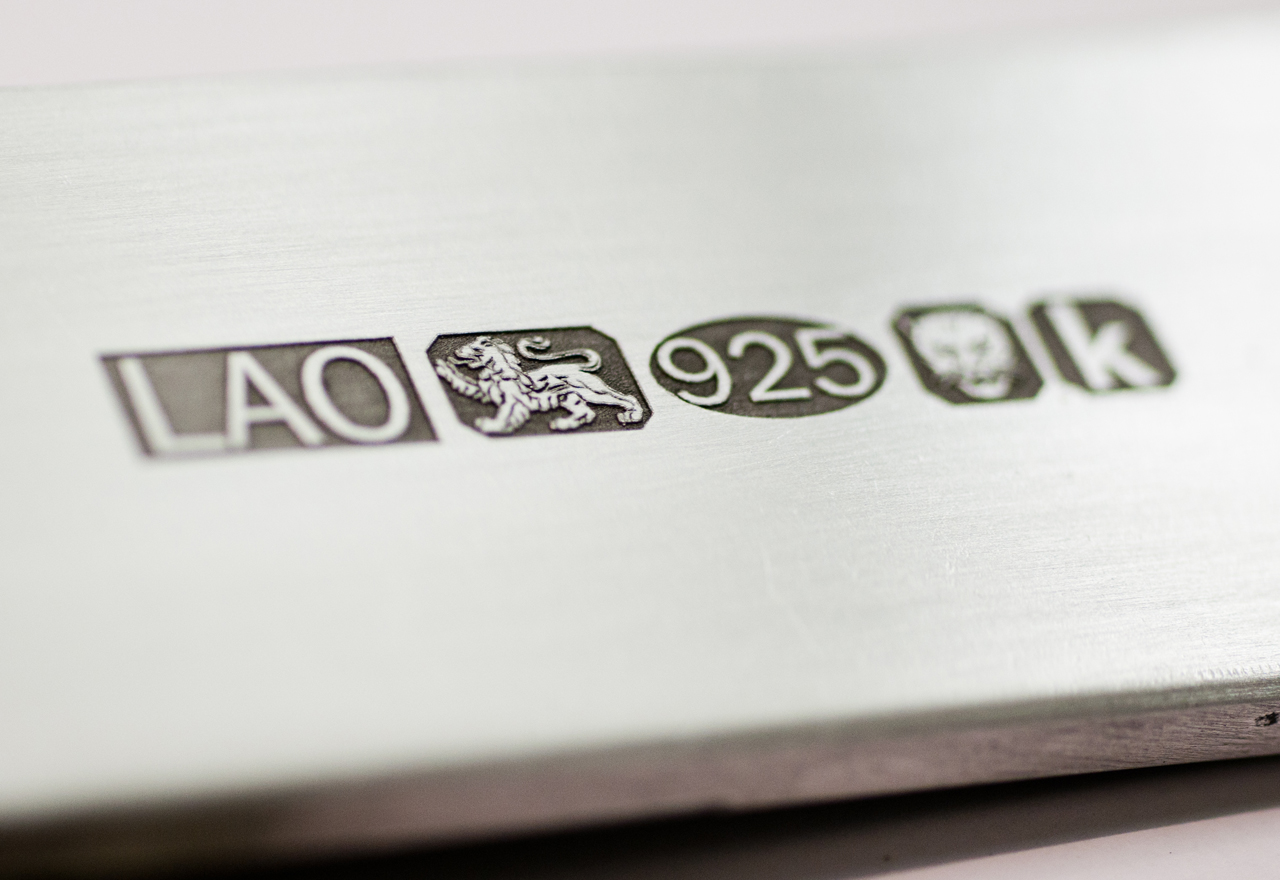
Hallmarking is the process of certifying the standard of purity of fine metals. While the concept of hallmarking dates back to nearly 400 CE, the regulation of the craft or trade of the goldsmith began in the UK with the foundation of the Goldsmiths’ Company – a medieval guild which has been responsible for assaying (testing to determine quality) of gold and silver since 1300, platinum since 1975 and palladium since 2010.
The term “hallmark” originates from Goldsmiths’ Hall, which from 1478 became the home of a permanent Assay Office in London, with craftspeople bringing their work to the Hall for assaying and marking. While hallmarking in the UK has since expanded to four Assay Offices, Christian is registered as a maker with the London Assay Office – the home of hallmarking for over 700 years.


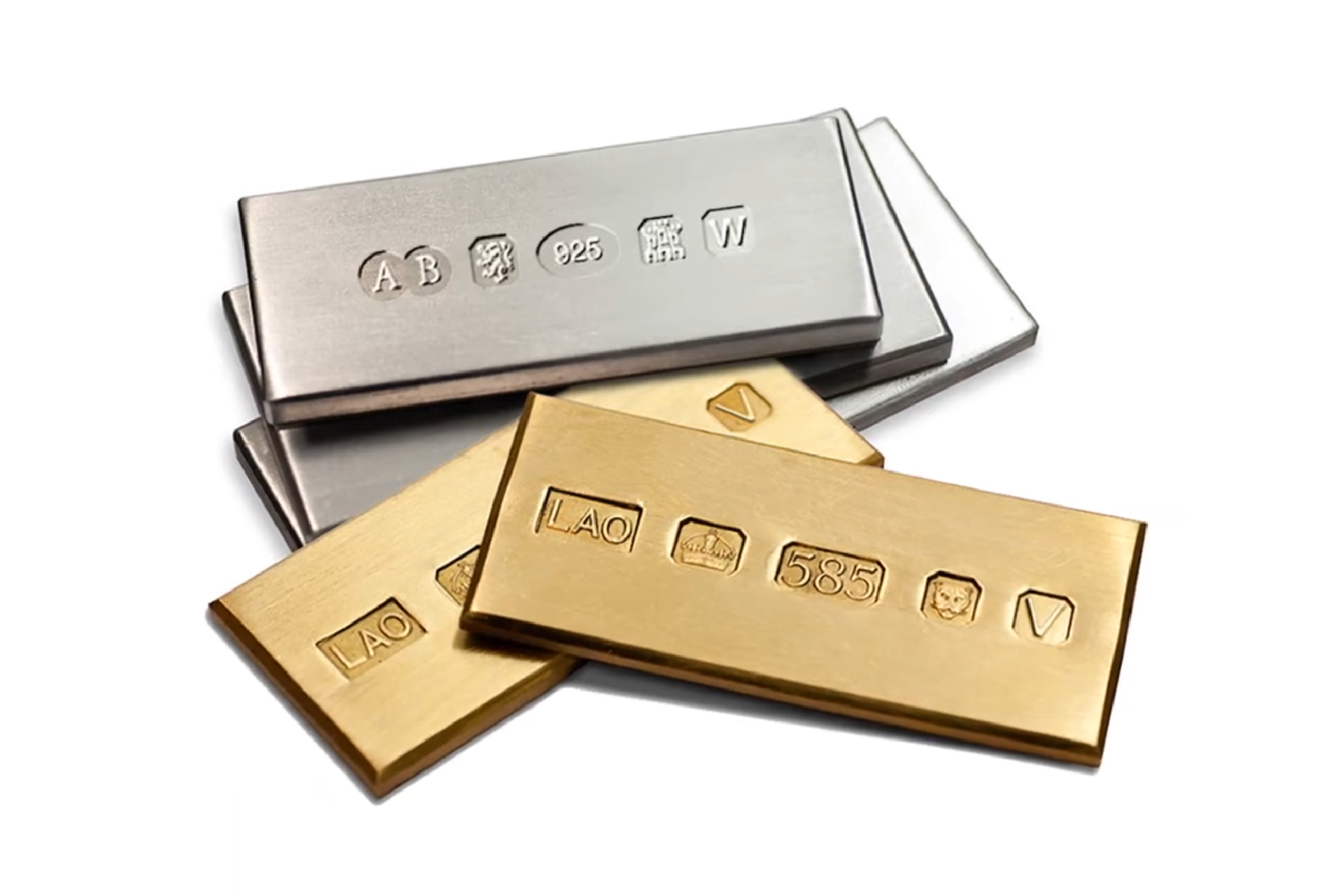
The full traditional UK hallmark is made up of five component marks applied to silver, gold, platinum and palladium.
An X Lima Engraving piece will carry the following marks:
- Sponsor’s or Maker’s Mark; Christian’s personal Mark is XL, referring to X Lima Engraving
- Traditional Fineness Mark, which tells you which metal an item is made from
- Millesimal Fineness Mark, which supplies information on metal purity
- The London Assay Office Mark, which is a leopard’s head
- Date Letter Mark, which tells you what year an item was hallmarked in
Click here to download a guide explaining each mark
It isn’t possible to detect an item’s precious metal content by sight or touch. Hallmarking provides you with a guarantee of fine metal purity through independent, third-party testing.
© X LIMA ENGRAVING 2024
